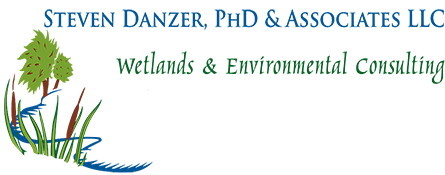Wetland Myths Debunked
When thinking of wetlands, you may visualize a marsh, swamp or otherwise soggy property — but this isn’t always the case. An otherwise beautiful and scenic property may have wetlands present, but if you don’t know what to look for, it’s difficult to uncover.
Wetlands are important to the ecosystem, providing critical habitat for plants and animals. In fact, up to half of all North American birds either nest or feed on wetlands.
Building or developing property, however, often prompts the question (either on your own or through your real estate agent), “Are there wetlands present, and if so, what is the potential impact?”.
Understanding common wetland myths is helpful when evaluating a property and the presence of wetlands.
5 Common Wetland Myths Debunked
Myth #1: The town map is accurate. The town map is readily available (oftentimes you can consult it online), but this map isn’t always accurate. If you are making major decisions — such as the purchase of a property — it’s important to have a more accurate understanding of the property and its features.
Myth #2: Having a wetlands on a property will discontinue all building plans. This may be true in some cases; however, it’s not always the case. Working with a soil scientist, you can understand the exact boundaries of the wetland area and determine the appropriate distance between the wetland and the proposed building site.
Myth #3: The presence of wetlands is not good news. The presence of wetlands may require modifying your building plans, but it isn’t necessarily bad news. There are many positive aspects of wetlands; for example, they filter pollutants, store runoff from heavy rains and contribute to an essential habitat for wildlife that enhances the ambiance of your property, such as fish and other animals. Wetlands that are located your property and that extend to your neighbor’s property may also prevent neighboring development close to your property line, and therefore ensure you privacy.
Myth #4: Enlisting the help of a wetlands specialist is an unnecessary expense. When launching a building project, you have lots of expenses. And it may seem that hiring a soil scientist is an added and unnecessary expense. However, this single step can save you large amounts of time and money, plus it will help the permit process go much more smoothly. The upfront cost is nominal, but the potential savings are large.
Do you have questions about wetlands? If so, please contact us today at 203-451-8319 or email us at danzer@ctwetlandsconsulting.com.
